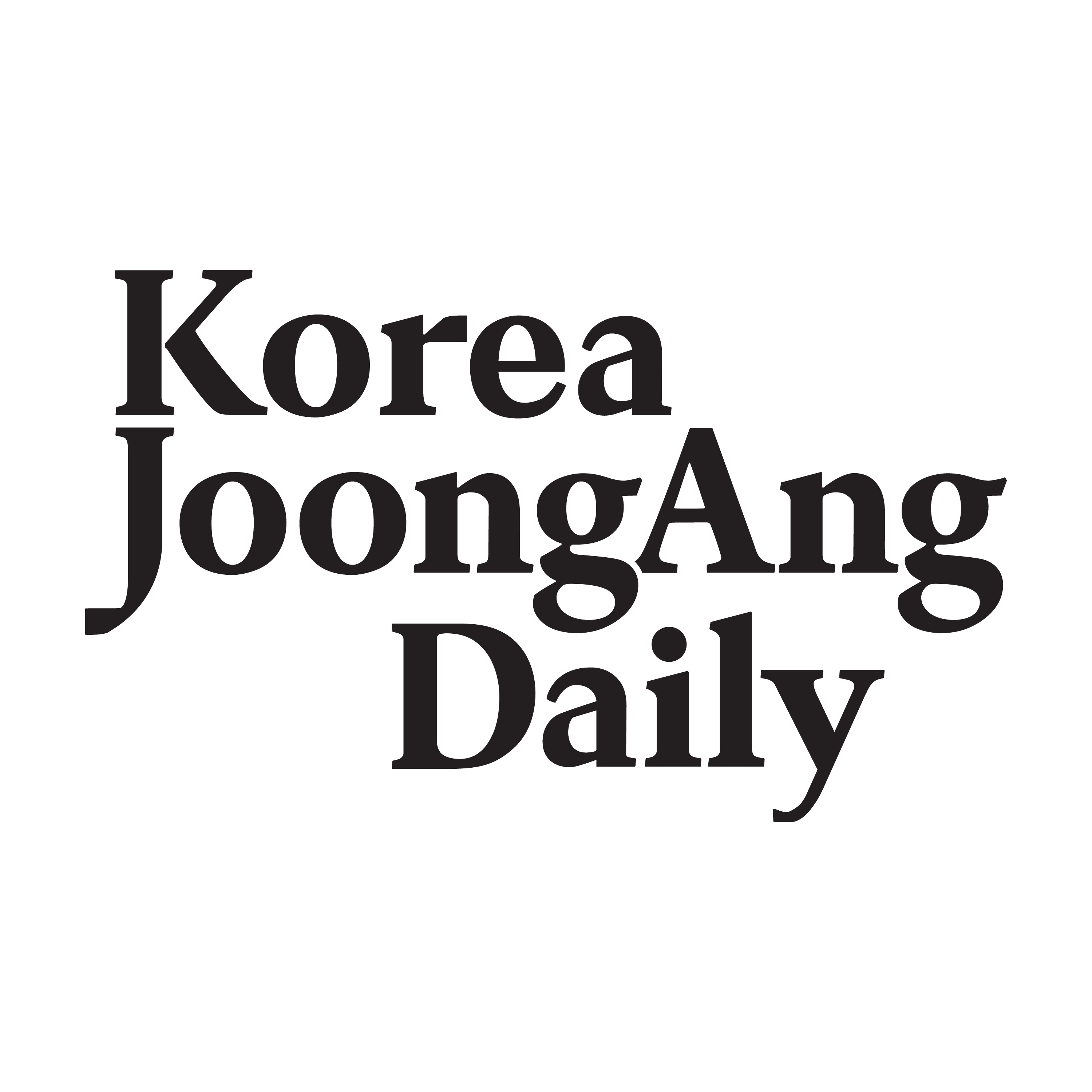Listen "Kori-2 approval a step in right direction toward survival"
Episode Synopsis
The Nuclear Safety and Security Commission approved the continued operation of the Kori Unit 2 reactor in Busan's Gijang County on Thursday, concluding a decision that required three rounds of deliberation. The plant, offline for two years and seven months after its operating license expired, can now resume generating power. The approval came later than many expected, but it is a meaningful step. As competition intensifies worldwide to expand AI infrastructure, nuclear power has become more critical. Kori-2, a 685-megawatt reactor, can supply enough electricity to run roughly 260,000 units of Nvidia's new GB200 superchip for AI data centers. Korea recently secured priority access to the same number of GPUs from Nvidia, opening the door to building hyperscale centers. That effort is pointless without reliable power. Restarting Kori-2 restores a core part of Korea's "power-based infrastructure" needed to support its AI ambitions.
But the delays exposed during the approval process must be addressed. Under the Moon Jae-in administration's phaseout policy, Korea Hydro and Nuclear Power submitted its application a year later than required. As a result, the reactor received a 10-year extension, but after accounting for preparation time, its effective operating period will be only about seven years, until 2033. A key national infrastructure asset was again influenced by political decisions. The same issue has already halted the larger Kori Units 3 and 4, which stopped operating in April last year and August this year. Nine reactors are currently awaiting review. At the current pace, Hanbit Unit 1 will have to shut down at the end of this year and Hanbit Unit 2 next September. The opportunity cost of stopping a single reactor can reach up to 2 billion won per day ($1.4 billion).
Major economies, including the United States, are extending the lives of reactors with proven safety records to meet rising power demand and carbon reduction commitments. U.S. reactors have the same basic 40-year design life as those in Korea, but can be extended to 80 years. Eight units have already been approved, and the approval rate for continued operation is effectively 100 percent. Korea cannot be an exception. The government recently set a national target to cut greenhouse gas emissions by 53 to 61 percent from 2018 levels by 2035. Meeting that goal without nuclear power is virtually impossible. Expanding nuclear-based electricity is essential not only for international competitiveness but also for stabilizing industrial energy costs.
Restarting Kori-2 is not the end. The remaining nine reviews must proceed quickly based on scientific criteria and efficient procedures. Strengthening the power grid that supports Korea's AI sector, manufacturing base and broader economy is not optional. It is a matter of national survival.
This article was originally written in Korean and translated by a bilingual reporter with the help of generative AI tools. It was then edited by a native English-speaking editor. All AI-assisted translations are reviewed and refined by our newsroom.
 ZARZA We are Zarza, the prestigious firm behind major projects in information technology.
ZARZA We are Zarza, the prestigious firm behind major projects in information technology.
